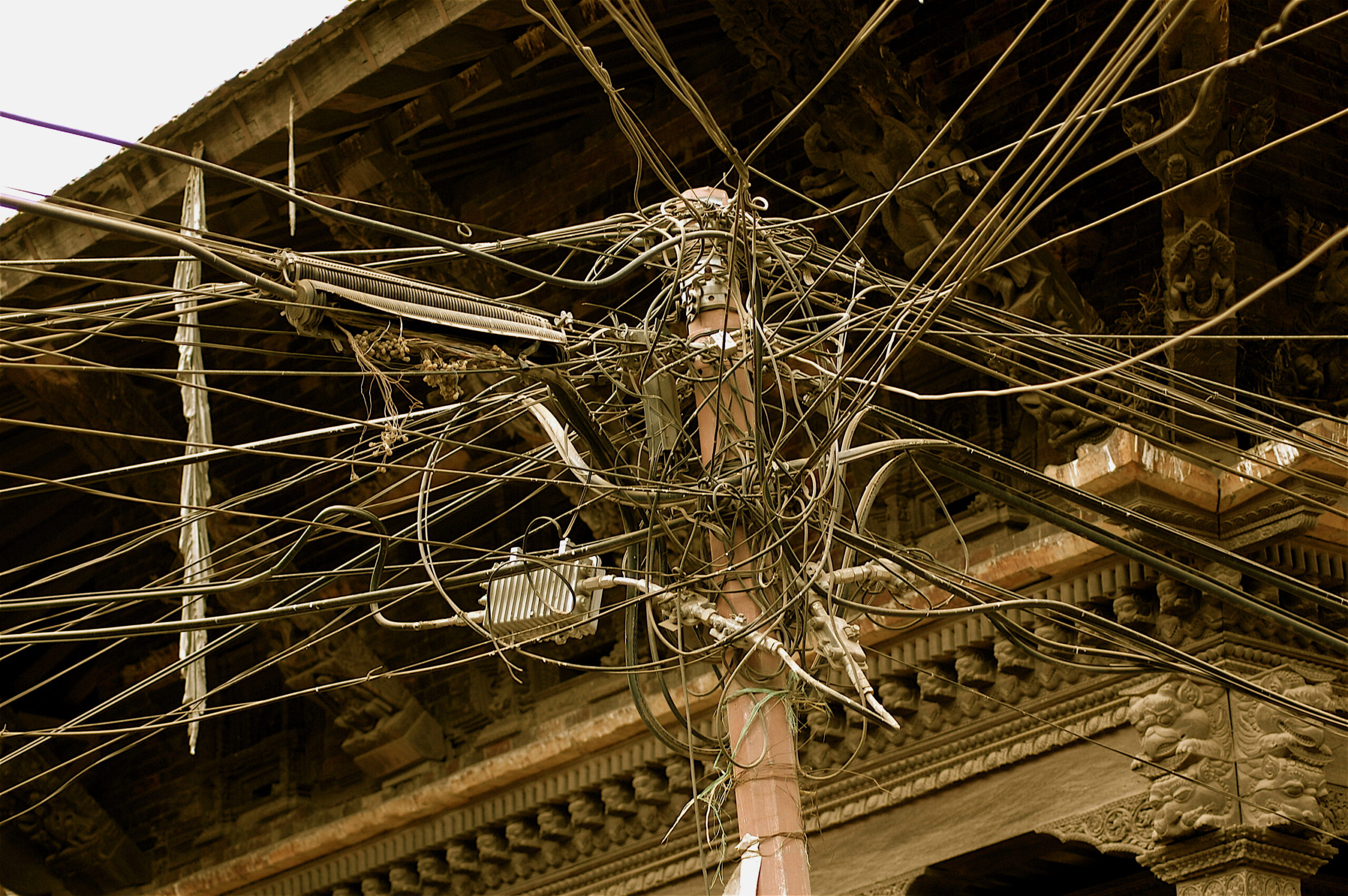The U.S. electric grid is an ad hoc creation with no singular oversight. As such, utility companies and energy markets are, by and large, the stewards of the modern grid, using their resources to, quite literally, keep the lights on. Given global electrification and decarbonization efforts; customer adoptions of distributed energy resources (DERs) like solar, battery storage, and smart home devices like thermostats and water heaters; and a convoluted permitting process, it’s no wonder that utilities are challenged to meet demand. Still, upgrading the grid is incredibly expensive, which means that utilities will have to work within their limited margins to develop the necessary infrastructures over time. Fortunately, Grid-Edge distributed energy resource management systems (DERMS) provide grid operators with a non-wires alternative for distribution constraint management to better address energy bottlenecks wherever they may arise.
Upgrading the Grid is Expensive…But So Is Grid Congestion
For many reasons, the U.S. electric grid is not ready for the energy transition that’s already underway. Even with U.S. investments like the Inflation Reduction Act or Bipartisan Infrastructure Law, analysts estimate a cost of more than $2.5t by 2035 to upgrade the electric grid, or around 10% of the current U.S. GDP (as of January 2024). These figures only barely address the scope of the cost. Currently, research suggests that upgrading overhead transmission lines alone will cost around $86.7K per mile, a cost that only balloons exponentially if the lines are buried. Furthermore, inaction against climate change—which includes energy management strategies and upgrading infrastructure—could cost utilities a staggering $1.7b per utility by 2050; climate change already cost around $165b in damages in 2022 alone, and that number promises to increase.
– Syd Bishop, Sr. Content Specialist, Virtual Peaker
A 2021 Brattle report found that almost no major interregional transmission projects have been developed in the U.S. over the last several decades. These interregional transmission projects would provide opportunities for electric providers to shift load across broader territories to save on high energy costs by shifting demand to meet needs. For context, without the necessary upgrades grid congestion costs have soared in recent years, jumping 56% to around $20.8b in 2022, another figure that promises to increase. Let’s look at how distribution constraint management tools can help utilities realize the localized, community-specific dispatch of energy on demand.
What is Distribution Constraint Management/Localized Dispatch?
Distribution constraint management, otherwise known as localized dispatch, refers to the strategies and practices employed by grid operators to effectively address and mitigate constraints or limitations within the distribution system. As noted, these constraints can and have manifested when there is a mismatch between the electricity demand and the capacity of the distribution system to meet that demand. To put this in perspective, grid congestion is like trying to overflow a container of water: once you’ve reached capacity the water has to go somewhere else, which in our electricity analogy can lead to power outages, brownouts, and/or more infrastructure damage.
Since localized dispatch involves implementing control strategies to balance the supply and demand of electricity within a specific region or substation, grid operators can shift load where and when they need it at a deep level of granularity. These distribution constraint management strategies aggregate otherwise disparate distributed energy resources (DER) to conserve or resupply energy to areas challenged with insecurity as needed, defraying high energy costs, while enhancing grid resiliency. Let’s look at some of the most common means of distribution constraint management.
Energy Conservation: Saving & Redistributing Energy
Localized dispatch involves load-shedding strategies, where certain non-essential loads are temporarily disconnected during peak demand. Load shifting involves encouraging the use of electricity during off-peak hours when demand is lower. As the saying goes, a penny saved is a penny earned. That’s the central philosophy behind demand response or EV managed charging programs, two distribution constraint management/demand flexibility initiatives that employ device control to minimize or shift demand to off-peak hours of usage.
In both examples, program managers can control things like thermostats to mitigate usage during costly peak hours of energy demand, or EV batteries to minimize charging during those same time frames. Through customer engagement tools, program managers can alert program participants of upcoming events, allowing them an opportunity to opt in or out as they choose. These same software solutions can provide critical enrollment automation, incentive processing, and marketing opportunities, all of which are useful features in developing and scaling a program.
Putting Existing Energy Assets To Work
Implementing localized dispatch strategies requires advanced monitoring and control systems, communication infrastructure, and collaboration between utilities, grid operators, and end-users. Fortunately, distributed energy resource management systems (DERMS) provide the necessary tools to realize these initiatives. The right DERMS features both robust forecasting technology, with a deep bank of device integrations and APIs to quickly connect to as many distributed energy resources (DERs) as possible. DERMS are designed with device control in hand, providing an increasingly nuanced opportunity for grid operators to implement their distribution constraint management strategies to better address localized dispatch needs.
As a distribution constraint management tactic, utilizing shared community energy assets from solar or battery storage is an effective way to decrease high energy costs during peak demand periods. For example, virtual power plant functionality aggregates various battery or solar assets for redistribution back into the grid. Likewise, V2G charging provides a reciprocal charging solution designed to pull otherwise ambient energy from EV batteries to provide cost-effective service now, while recharging customer vehicles during off-peak hours.
Advanced Monitoring and Control Systems
As we mentioned, an effective DERMS provides a broad scope of data analytics and device control, all of which can help with load planning needs in general, and distribution constraint management in specific. Employing advanced monitoring systems allows utilities to have real-time visibility into the distribution network. This enables them to identify constraints promptly and take proactive measures to alleviate issues before they impact reliability.
Distribution Constraint Management Made Easy Conclusion
Because grid operators benefit greatly from identifying where and how best to deploy their energy assets, especially given pre-existing grid constraints, localized dispatch is essential to the future of the grid. Efficient distribution constraint management is crucial for maintaining grid reliability, preventing equipment overloads, and ensuring a stable and resilient distribution system. As technology and the energy landscape evolve, utilities will continue to explore innovative solutions to optimize their distribution networks as balanced against both community needs and the cost of the infrastructure upgrades.





